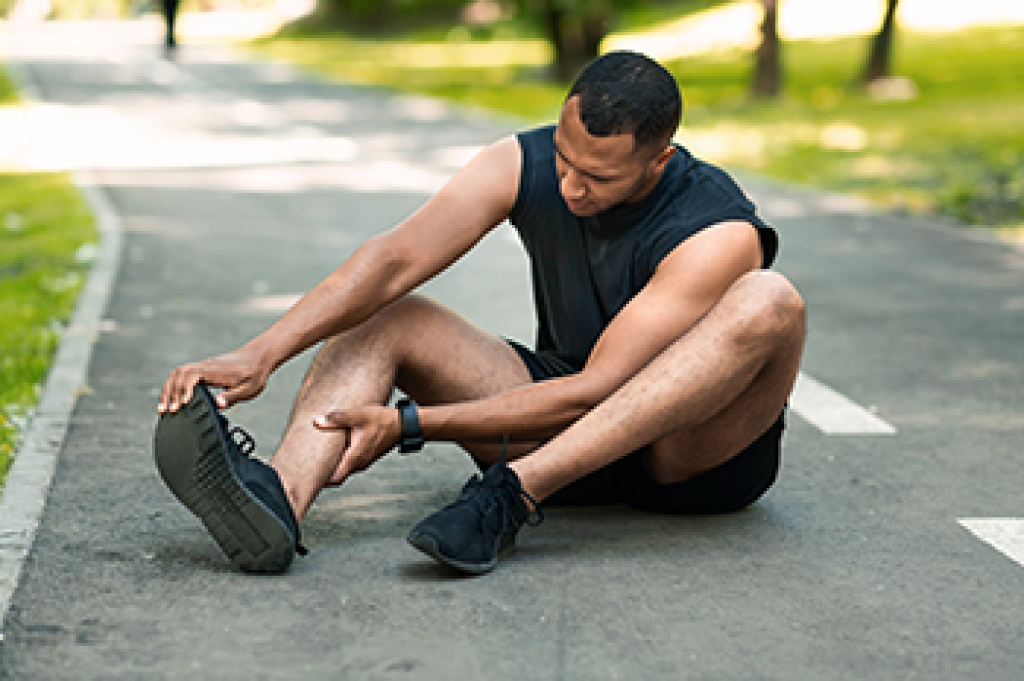
Whether you're a novice runner or a seasoned marathoner, injury prevention is a top priority. An important aspect of running injury prevention is having a structured plan and progressing slowly. Avoiding increasing your total mileage by more than 10 percent each week helps prevent overexertion and gives your muscles and ligaments adequate time to adapt. It's also essential to strike a balance between increasing distance and improving speed. Focusing on one aspect at a time can reduce the risk of overuse injuries. Proper hydration, replenishing your body with a combination of protein and carbohydrates within 30 minutes post-run, and practicing deep breathing exercises to stimulate a relaxation response can all aid in muscle repair and reduce soreness. Incorporating cross-training activities such as swimming or cycling into your routine provides a welcome break from the impact of running. Dynamic stretches before your run help prime your muscles for activity, while static stretches afterward improve flexibility and reduce the risk of injury. If you are experiencing pain from running it is suggested that you make an appointment with a podiatrist. This foot doctor can also perform gait analysis and assess biomechanical problems that may cause injuries.
Exercising your feet regularly with the proper foot wear is a great way to prevent injuries. If you have any concerns about your feet, contact one of our podiatrists of APEX Foot & Ankle Center. Our doctors will treat your foot and ankle needs.
How to Prevent Running Injuries
Many common running injuries are caused by overuse and overtraining. When the back of the kneecap starts wearing out and starts causing pain in your knee, this is commonly referred to as runner’s knee. Runner’s knee is a decrease in strength in your quadriceps and can occur if you’re not wearing properly fitted or supporting shoes. To prevent runner’s knee, focusing on hip strengthening is a good idea, as well as strengthening your quads to keep the kneecaps aligned.
What Are Some Causes of Running Injuries?
- One cause of a common running injury is called iliotibial band syndrome.
- Plantar fasciitis is also another common injury.
- Stress fractures can occur from overtraining, lack of calcium, or even your running style.
Best Ways to Prevent Running Injuries
- Wear footwear that fits properly and suits your running needs.
- Running shoes are the only protective gear that runners have to safeguard them from injury.
- Make a training schedule. Adding strengthening exercises as well as regular stretching can help keep you strong and limber and can lessen the possibility of injuries.
- Stretching keeps muscles limber; this will help you gain better flexibility.
If you have any questions, please feel free to contact our offices located in Fort Myers, Shellpoint, and Naples, FL . We offer the newest diagnostic and treatment technologies for all your foot care needs.
 Arthritis
Arthritis 

 Cuboid syndrome
Cuboid syndrome